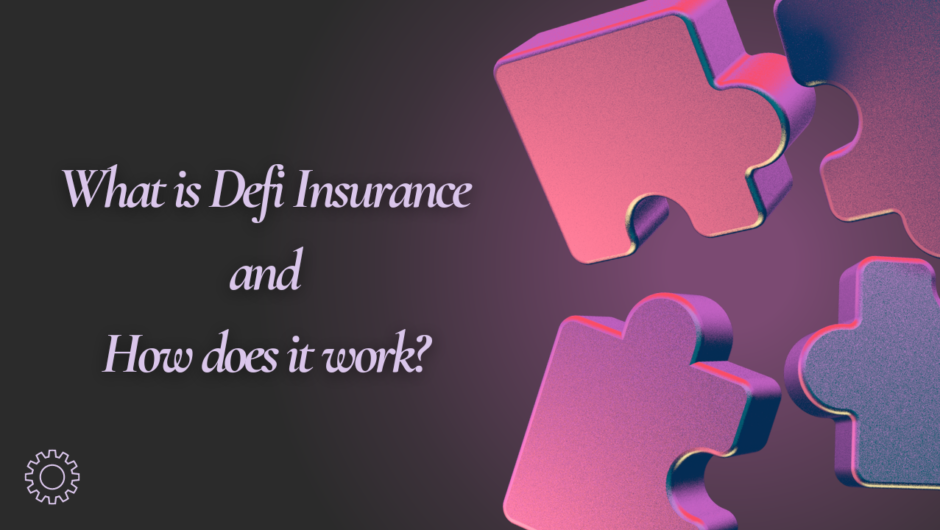Whole Life Insurance Asset Protection is a financial strategy that uses whole life insurance policies to safeguard an individual’s wealth from potential creditors or legal claims. Unlike term insurance, whole life policies provide lifelong coverage and accumulate cash value over time. This cash value, along with the death benefit, is often protected from creditors under specific legal frameworks. It is offering a secure means to preserve assets. By integrating whole life insurance into an asset protection plan, individuals can ensure their wealth remains intact for beneficiaries, even in the face of financial challenges or legal disputes.

Understanding Whole Life Insurance: An Overview
Whole life insurance is a Long-term life insurance option that offers lifelong coverage as long as premiums are maintained. Unlike term insurance, which is limited to a specific duration, whole life insurance guarantees a death benefit payout, ensuring financial support for beneficiaries regardless of when the insured passes away. A distinguishing feature of whole life insurance is its cash value element that builds up gradually on a tax-deferred basis. This cash value can be accessed through a loan surrendered for its accumulated worth, providing flexibility in financial planning.
Whole life insurance policies often come with fixed premiums, ensuring that the cost remains stable throughout the insured’s life. This stability, coupled with the dual benefits of lifelong coverage and cash value growth. That makes whole life insurance an attractive option for those seeking to secure long-term financial security for their close ones. It also plays a crucial role in estate planning, asset protection, and creating a lasting legacy.
How Whole Life Insurance Protects Assets from Creditors?
Whole life insurance is a robust asset protection tool, offering significant safeguards against creditor claims. The cash value within a whole life insurance policy is often shielded by state laws, making it exempt from creditor access. This protection extends to the policy’s death benefit, ensuring that funds allocated for beneficiaries remain secure, even if the policyholder encounters financial hardships or legal challenges. Furthermore, the cash value of the policy grows on a tax-deferred basis, enhancing its role in preserving wealth.
In many jurisdictions, whole life insurance policies are classified as non-attachable assets, meaning they are protected from creditor claims during bankruptcy or lawsuits. This legal safeguard, combined with the inherent benefits of lifelong coverage and cash value accumulation. It allows policyholders to protect their financial legacy. As a result, individuals can have peace of mind knowing that their wealth will be securely transferred to their close ones, free from the threat of creditor interference.
Benefits of Incorporating Whole Life Insurance in Financial Planning
- Lifelong Coverage: Whole life insurance guarantees financial support for loved ones regardless of when the insured passes away, offering peace of mind and long-term security.
- Cash Value Accumulation: The policy builds cash value over time on a tax-deferred basis, which can be accessed through a loan surrendered, providing flexibility for managing financial needs and emergencies.
- Fixed Premiums: With whole life insurance, premiums remain consistent throughout the insured’s life. It is offering stability in financial planning and protecting against future cost increases.
- Estate Planning: The death benefit can be used to cover estate taxes, helping to preserve more of the estate for beneficiaries and facilitating effective estate planning.
- Comprehensive Financial Tool: The combination of lifelong coverage, cash value growth, and fixed premiums makes whole life insurance an invaluable asset in a well-rounded financial strategy.
Tax Advantages of Whole Life Insurance Asset Protection
Whole life insurance offers significant tax advantages that bolster its role in asset protection. One of the primary benefits is the tax-deferred growth of the policy’s cash value. As this cash value accumulates over time, it does so without incurring income taxes, facilitating more rapid financial growth. Policyholders can also access the cash value through tax-free loans or withdrawals, providing flexibility while avoiding immediate tax implications. The death benefit paid to beneficiaries is generally tax-free. Ensuring that the full amount designated for heirs is received without any tax deductions. In many jurisdictions, both the cash value and death benefit are shielded from creditors, adding a crucial layer of security. These tax benefits, combined with strong asset protection features. It makes whole life insurance an effective tool for strategic financial planning and long-term wealth preservation.
Common Misconceptions About Whole Life Insurance Asset Protection
- Whole Life Insurance is Too Expensive: A common belief is that whole life insurance is prohibitively costly. Although initial premiums are higher compared to term insurance. They remain fixed and contribute to accumulating cash value, offering substantial long-term benefits and stability.
- Cash Value is Easily Accessible Without Consequences: Some assume they can access the cash value of their policy without any impact. While loans or withdrawals from the cash value are tax-free. They reduce the policy’s death benefit and can affect its long-term growth.
- Whole Life Insurance Provides Absolute Protection from Creditors: It’s often thought that whole life insurance is entirely immune to creditor claims. However, protection levels vary by jurisdiction, and there may be specific legal conditions or exceptions that apply.
- Whole Life Insurance is Only for Estate Planning: Many view whole life insurance exclusively as an estate planning tool. In reality, it also offers benefits such as cash value growth, fixed premiums, and financial security throughout the policyholder’s lifetime.
Steps to Implement Whole Life Insurance Asset Protection
- Assess Your Financial Goals: Begin by evaluating your long-term financial objectives and asset protection needs. Determine how whole life insurance fits into your overall strategy. It is considering aspects like estate planning, wealth preservation, and ensuring financial security for your loved ones.
- Select a Suitable Policy: Research different whole life insurance policies to find one that meets your requirements. Evaluate factors such as premium costs, cash value growth, and the financial stability of the insurer to ensure you choose a reliable and suitable option.
- Consult a Financial Advisor: Seek guidance from a financial advisor or insurance professional to help you select the right policy and fully understand the asset protection benefits. They can assist in navigating complex choices and tailoring the policy to your specific financial situation.
- Complete the Application Process: Submit an application for your chosen policy, ensuring that all information is accurate to secure the appropriate coverage.
- Monitor and Adjust: Regularly review your policy to ensure it continues to meet your needs. Make necessary adjustments, such as updating beneficiaries or modifying coverage amounts. To align with changes in your financial situation or goals.
Is Whole Life Insurance Asset Protection Right for You?
Determining if whole life insurance asset protection suits you requires evaluating your financial goals and needs. Whole life insurance is ideal if you desire lifelong coverage, fixed premium costs, and a policy that accumulates cash value while offering asset protection from creditors. It excels in estate planning, wealth preservation, and securing financial stability for beneficiaries. However, if you prefer lower initial premiums or short-term coverage, other types of insurance might be more suitable. Consulting a financial advisor can provide clarity on whether whole life insurance aligns with your long-term financial strategy and asset protection objectives.
Conclusion
Whole life insurance offers a robust solution for securing your wealth and ensuring financial stability for your loved ones. With its lifelong coverage, tax-deferred cash value growth, and fixed premiums, it provides both asset protection and long-term financial benefits. The policy’s ability to safeguard against creditor claims and contribute to effective estate planning enhances its value in comprehensive financial strategies. By integrating whole life insurance into your financial plan, you can achieve greater peace of mind. Knowing your assets are protected and your legacy is secure for future generations.
Read More:
- Bike Insurance: Premium Details And How To Buy
- How safe private insurance companies are?
- 7 principles of Insurance which every investor should know
- Why should you avail life insurance?

Hello, I am Tanisha Kriplani, graduated in computer science from Delhi University. I am passionate about web content writing and have a strong interest in Data Analytics and Data Engineering.












